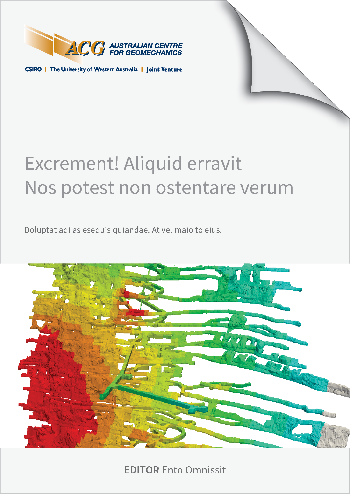Implementation of geomechanical instrumentation based on extensometry for pillars monitoring at Esmeralda mine

|
Authors: Zepeda, R; Retamal, E; Quiroz, E; Riquelme, S |
DOI https://doi.org/10.36487/ACG_repo/2435_C-14
Cite As:
Zepeda, R, Retamal, E, Quiroz, E & Riquelme, S 2024, 'Implementation of geomechanical instrumentation based on extensometry for pillars monitoring at Esmeralda mine', in Daniel Johansson & Håkan Schunnesson (eds), MassMin 2024: Proceedings of the International Conference & Exhibition on Mass Mining, Luleå University of Technology, Luleå, pp. 461-471, https://doi.org/10.36487/ACG_repo/2435_C-14
Abstract:
The deformation and displacement of the rock mass sometimes causes serious geomechanical instabilities which affect operational continuity and personnel safety. As a result of this, and to improve the understanding of the behavior of the primary ore, digital extensometers were installed in the Esmeralda Block 2 mine in a 9,000 m2 polygon. The intent was to monitor the deformations and internal displacements of the rock mass before, during and after the undercutting. Block 2 in a sector whose exploitation method is Panel Caving Conventional with Hydraulic Fracturing. The designed configuration has 72 extensometers of different lengths and a series of anchors to measure the vertical and horizontal components of deformation and/or displacement. The information obtained is compared with mining operations of the environment. A dashboard platform was created internally for the visualization of data remotely and online. The main focus of this study is to calibrate the instrumentation information with the internal deterioration process of the rock mass affected by mining to establish admissible deformation thresholds prior to an instability event.
© Copyright 2025, Australian Centre for Geomechanics (ACG), The University of Western Australia. All rights reserved.
View copyright/legal information
Please direct any queries or error reports to repository-acg@uwa.edu.au
View copyright/legal information
Please direct any queries or error reports to repository-acg@uwa.edu.au